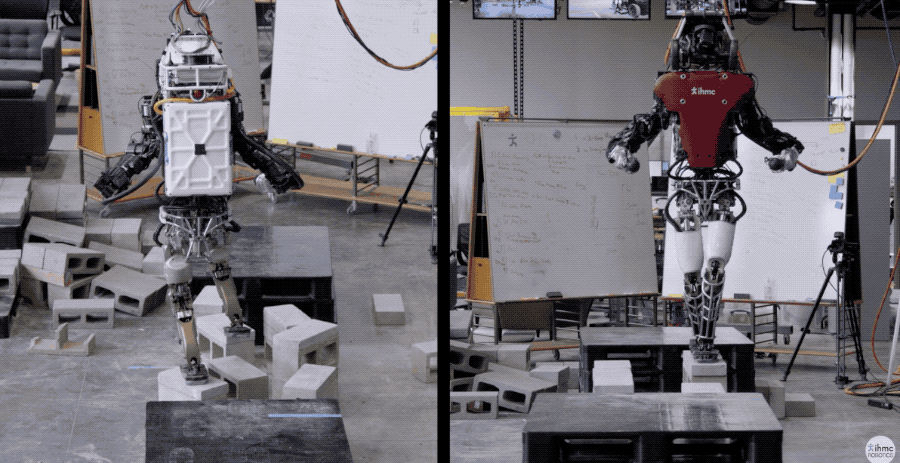The journey of robotics has paved the way for remarkable advancements, particularly in the realm of humanoid robots designed for complex navigational tasks. The Institute for Human and Machine Cognition (IHMC) in Florida is at the forefront of this exciting frontier. Their commitment to developing robotic systems capable of autonomously navigating through cinder block mazes is paving the way for the next generation of robots—ones that can traverse not only flat terrain but also challenging environments. Their recent work showcases significant progress that could redefine how robots interact with the world around them.
The Challenge of Bipedal Navigation
Programming robots to traverse flat, even surfaces is a formidable task on its own. However, IHMC’s scope reaches far beyond simple pathways. Their research focuses on the intricate challenges associated with bipedal robots maneuvering through uneven, rugged terrains, like piles of cinder blocks. This critical step sets the foundation for robots that can operate in real-world scenarios, which are often unpredictable and fraught with obstacles.
Technological Breakthroughs: The Power of Footstep Planning
In a groundbreaking demonstration, IHMC has implemented an autonomous footstep planning program on advanced humanoid robots, including the renowned Boston Dynamics’ Atlas and NASA’s Valkyrie. Both robots have showcased their capabilities in ongoing experiments that reveal the potential for sophisticated navigation tasks.
- Pathway Mapping: The IHMC approach revolves around specifying a starting point and an endpoint for the robot. From there, the algorithm meticulously maps all possible paths, evaluating the cost of each step taken.
- Dynamic Adaptation: The robots exhibit an impressive ability to respond to unexpected changes in their environment, allowing for adjustments on-the-fly. This adaptability is crucial for successful navigation.
- Tightrope Walkers: Even in tight situations—akin to navigating a narrow row of cinder blocks—these robots demonstrate agility and precision reminiscent of a circus performer, showcasing IHMC’s focus on versatility.
Progress and Prospects
Despite the remarkable advancements, IHMC acknowledges that there are still hurdles to overcome. Currently, the success rate for navigating narrow paths stands at around 50%, while the robots can navigate rough terrains with a robust accuracy of about 90%. The team’s success in guiding these humanoid robots on flat ground is nearly flawless. The findings signal a promising trajectory for future enhancements and innovations.
The Implications for Robotics
These advancements are not just academic exercises; they possess practical implications across various industries. From disaster response scenarios to search-and-rescue operations, the capabilities being developed by IHMC could equip robots to perform in situations where human intervention would be dangerous or impossible. The ability to navigate complex environments effectively opens up an array of possibilities, making the world more accessible to bipedal robots.
Conclusion: A Step Toward the Future
The relentless pursuit of pushing the boundaries of robotic engineering demonstrated by IHMC is both inspiring and essential for the growth of autonomous systems. As they continue refining weathered terrains and navigate a world filled with uncertainties, they stand at the brink of revolutionizing how robots aid humanity. These developments signal a future where humanoid robots can handle increasing levels of complexity with ease and efficiency.
At fxis.ai, we believe that such advancements are crucial for the future of AI, as they enable more comprehensive and effective solutions. Our team is continually exploring new methodologies to push the envelope in artificial intelligence, ensuring that our clients benefit from the latest technological innovations.
For more insights, updates, or to collaborate on AI development projects, stay connected with fxis.ai.

